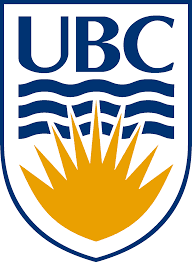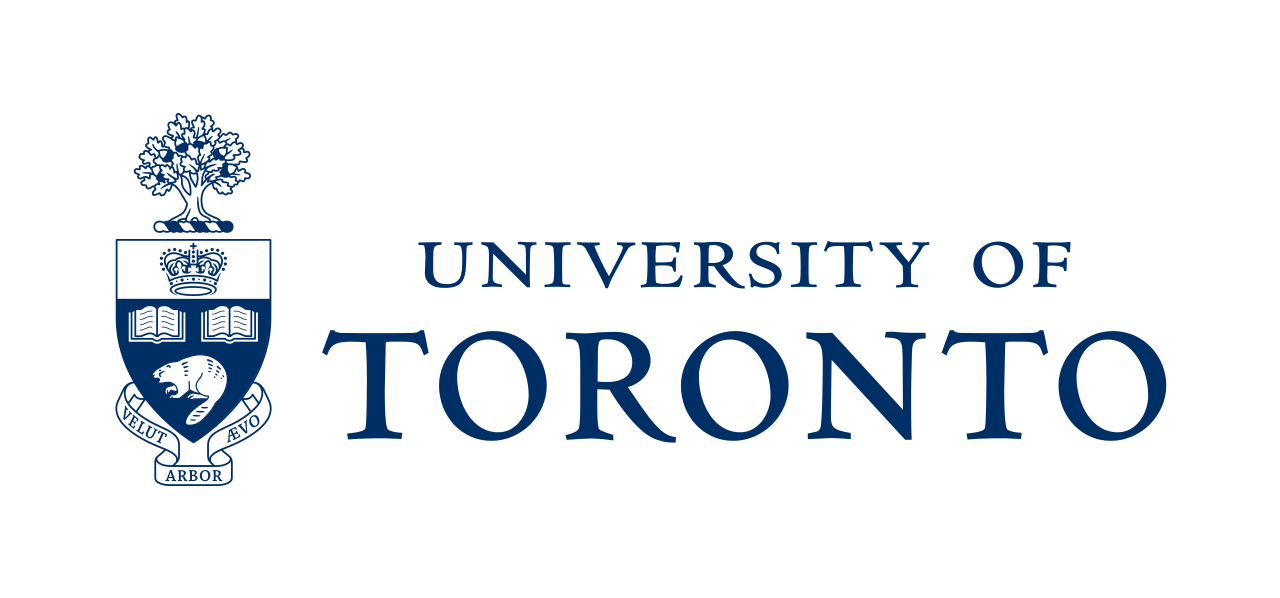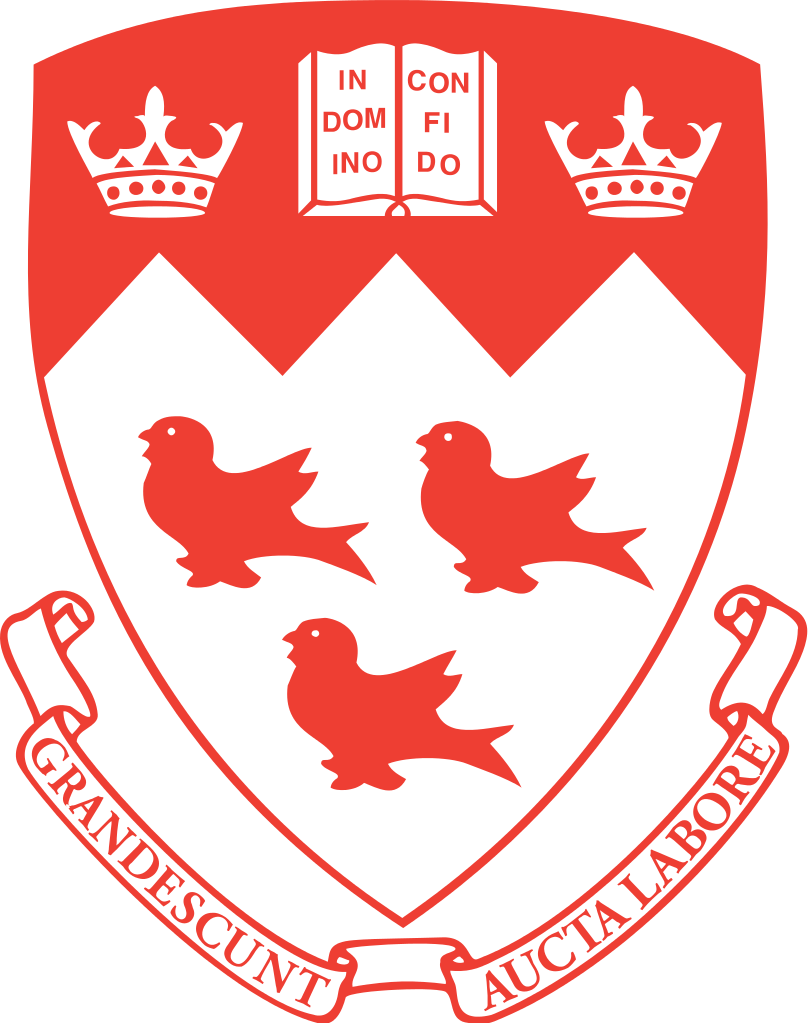
Primary Advisor: Rene Doyon
Charles Cadieux completed his undergraduate studies in physics with a specialization in astronomy and astrophysics at Université de Montréal in May 2018 before joining the Institute for Research on Exoplanets (iREx) in September 2018 for a master’s degree under the supervision of Prof. René Doyon. His master’s project consisted of a transit monitoring campaign of a dozen planetary candidates discovered by the Transiting Exoplanet Survey Satellite (TESS) mission. This campaign was conducted at the Observatoire du Mont-Mégantic using PESTO, an EMCCD camera developed by Nüvü fully optimized for exoplanet transits observations. To analyse the acquired data, he developed a transit curve fitting routine that includes correlated noise modelization with Gaussian process. His work was recognized by the TESS Follow-up Observing Program (TFOP), which has changed the status of several TESS Objects of Interest (TOI) observed with PESTO now considered verified planet candidates, i.e. the last step before the confirmation of a new exoplanet via mass determination.
Charles is now pursuing a PhD in astrophysics at Université de Montréal, a program he started in September 2020 with Prof. René Doyon as main supervisor. His work now has shifted towards the characterization of small planets around low-mass stars with high-precision near-IR velocimetry using the SPIRou spectropolarimeter mounted at the Canada-France-Hawaii Telescope (CFHT). Constraining the mass of small exoplanets is crucial to assess whether their densities are consistent with rocky, gaseous, or intermediate bulk composition. This is key to test various model predictions of the rocky (super-Earths) to gaseous (mini-Neptunes) transition in the exoplanet period-radius space. This project will include the development of data reduction and data analysis tools for SPIRou, with the goal to participate in the SPIRou Legacy Survey (SLS) objectives of confirming multiple TESS planet candidates and detecting over 50 new exoplanets in the upcoming years.







